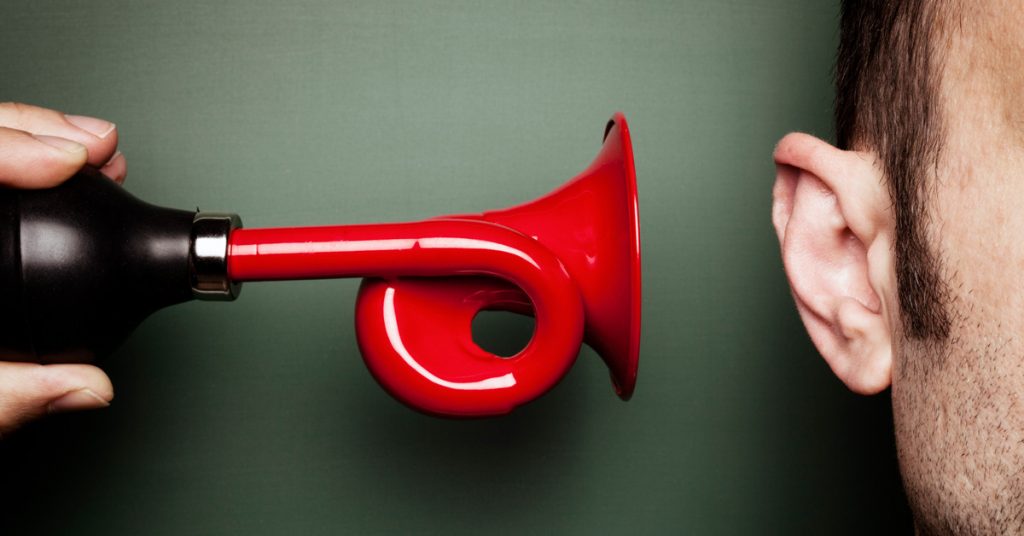Understading decibel levels
All of us are exposed to sounds constantly throughout our day. Many are harmless, but some, over time, can damage your hearing.
The loudness of sounds is measured in decibels (dB). Understanding decibel levels for different sounds helps you recognize when hearing protection may be in order.
| Decibel level | What we hear |
| 10 dB | Normal breathing |
| 20 dB | Rustling leaves, mosquito |
| 30 dB | Whisper |
| 40 dB | Stream, refrigerator humming |
| 50-60 dB | Quiet office |
| 50-65 dB | Normal conversation |
| 60-65 dB | Laughter |
| 70 dB | Vacuum cleaner, hairdryer |
| 75 dB | Dishwasher |
| 78 dB | Washing machine |
| 80 dB | Garbage disposal, city traffic noise |
Prolonged exposure to any noise above 85 dB can cause gradual hearing loss.
| 84 dB | Diesel truck |
| 70-90 dB | Recreational vehicle |
| 88 dB | Subway, motorcycle |
| 85-90 dB | Lawn mower |
| 100 dB | Train, garbage truck |
| 97 dB | Newspaper press |
| 98 dB | Farm tractor |
Regular exposure of more than 1 minute risks permanent hearing loss.
| 103 dB | Jet flyover at 100 feet |
| 105 dB | Snowmobile |
| 110 dB | Jackhammer, power saw, symphony orchestra |
| 120 dB | Thunderclap, discotheque/boom box |
| 110-125 dB | Stereo |
| 110-140 dB | Rock concerts |
| 130 dB | Jet takeoff, shotgun firing |
| 145 dB | Boom cars |
Source: National Institute on Deafness and Other Communication Disorders (NIDCD)
